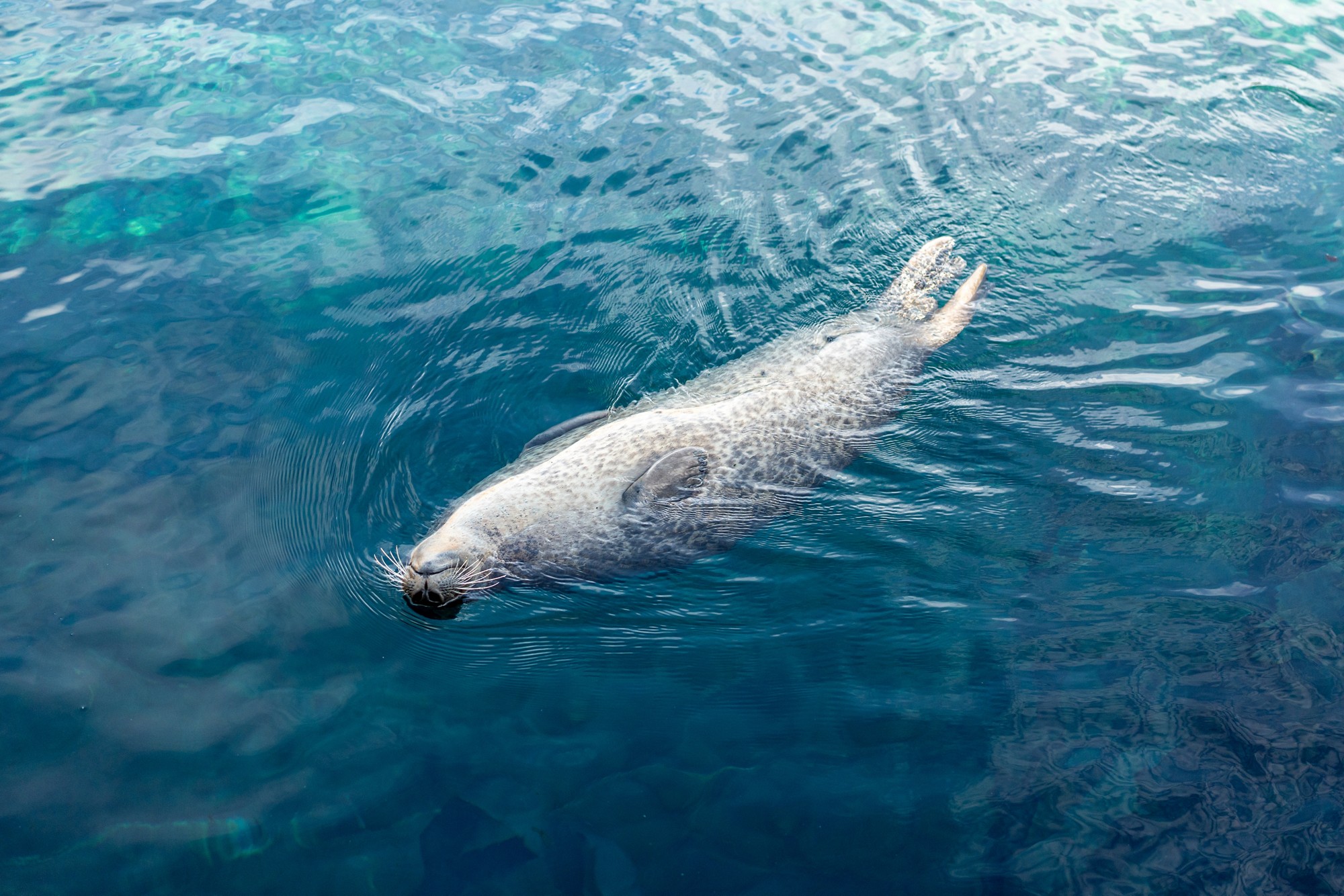As countries face mounting pressures on shared water resources, this evaluation examines how GEF’s International Waters (IW) focal area has adapted to a decade of integrated programming and shifting global priorities.
It is the first assessment of IW’s strategic evolution across GEF-5 to GEF-8, providing evidence on whether the focal area remains fit for purpose in promoting transboundary cooperation.
The IW focal area within the GEF has been instrumental in fostering collaborative management of transboundary marine and freshwater ecosystems for global environmental benefits.


Evaluation overview
- Projects perform strongly when they build national ownership, embed in regional strategies, and sustain catalytic partnerships, with several showing outcomes that improved after completion.
- Key barriers include uneven integration of IW’s transboundary mandate within broader GEF programs, gaps in financial sustainability planning, and weak monitoring of socioeconomic co-benefits.
- Recommendations focus on safeguarding IW’s core transboundary mandate, strengthening sustainability planning and financing, and embedding clearer guidance for monitoring transboundary and socioeconomic results.
Methodology
The evaluation covers 277 projects across more than 140 countries, drawing on portfolio analysis, terminal evaluations, and case evidence from Pacific SIDS, the Lower Mekong, and other transboundary basins.





